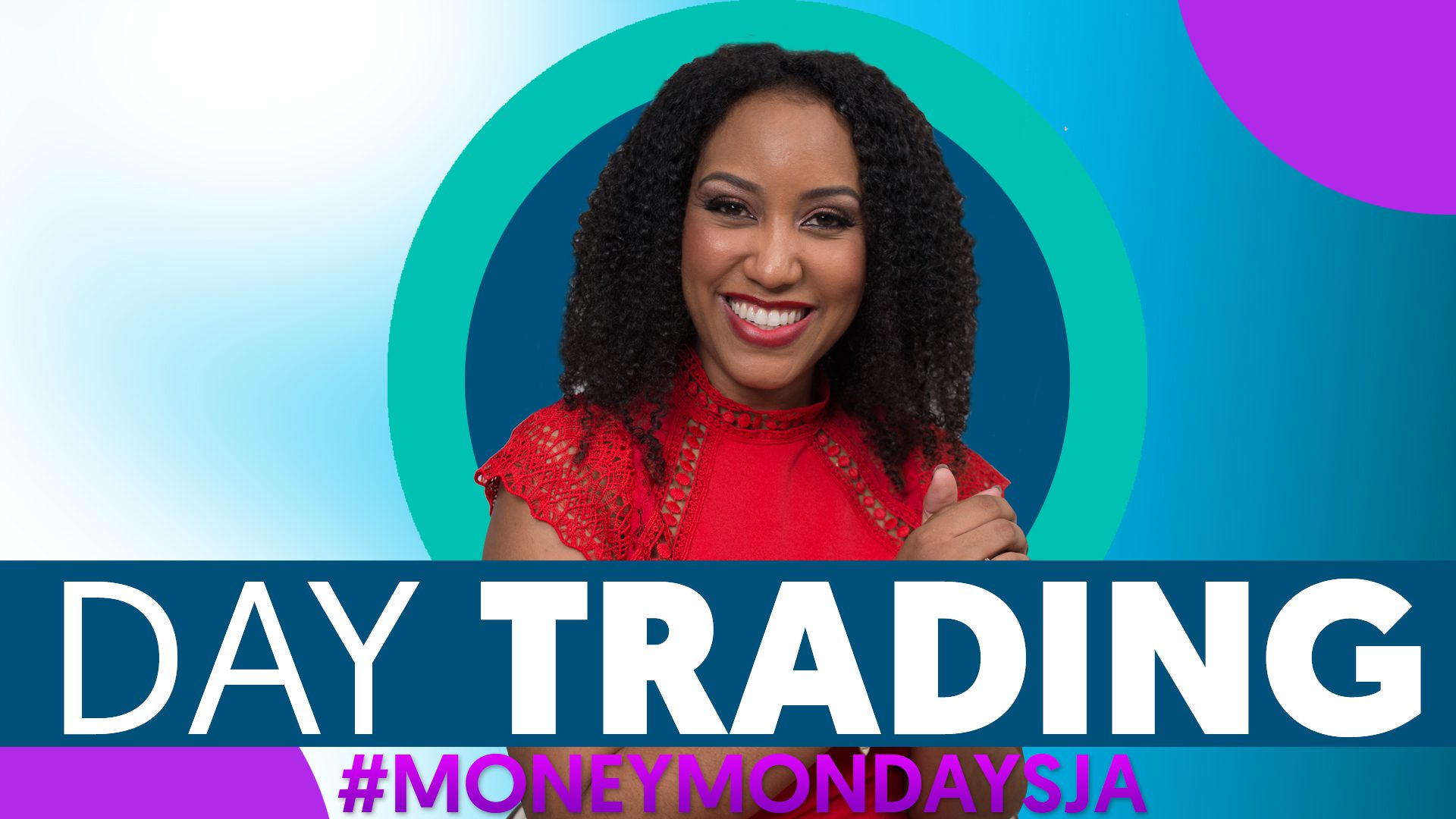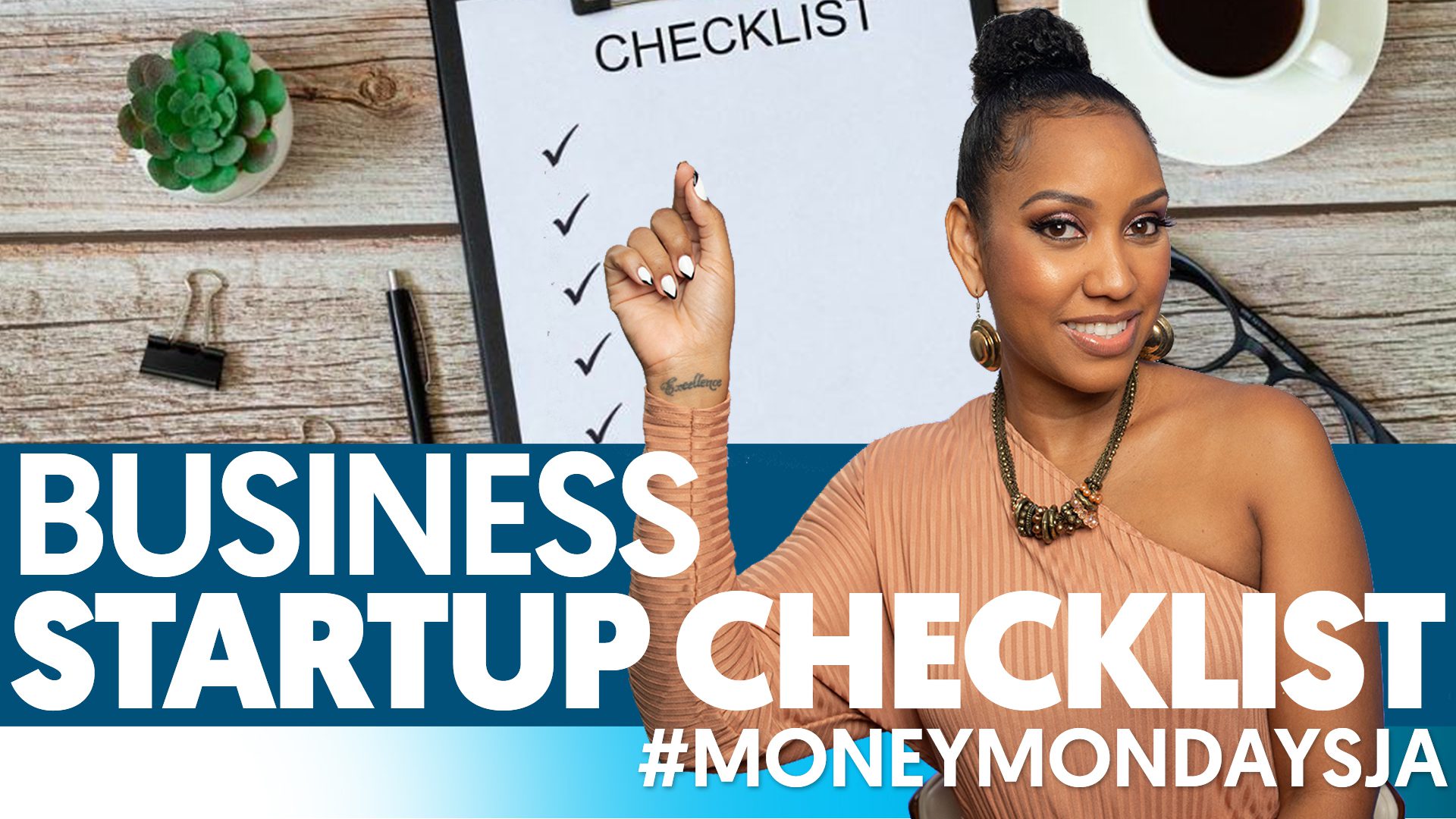Did you know that you can literally start a business with $0 – no money? It’s not ideal for all types of businesses, but here’s your business startup checklist. We’re going over:
✅ Fine tuning your idea
✅ Knowing your market
✅ Securing finance and capital
✅ Finding a suitable location
✅ Company structure and staffing
TRANSCRIPT
Business Startup 101
By Adrian Williams
Did you know that you can literally start a business with $0 – no money? It’s not ideal for all types of businesses, but I’m Kalilah Reynolds and it’s time for another episode of #MoneyMondaysJa. Today I’m giving you your business startup checklist.
Item 1 – An Idea!
Every successful business must start with a solid idea or plan. This will be the basis for guiding your company’s direction. One question you should answer at this stage is, what will make my business unique? This is where research comes in. A lot of competition will be out there, so finding the edge or difference in your business model will help to make you a success. And the truth is, even along the way your idea may change to something else, especially if you see where it can be improved. When I was starting my business, I didn’t even know exactly what my business was. Were we a video production company? A media house? Honestly it can be a little confusing trying to tie down exactly what your idea is. But once you have it, AHA! That’s gold!
Item 2 – Knowing your Market
What is the demand for your product or service? This involves finding your customers and knowing where they are. You heard me say it for Checklist Item 1 and I say again, research, research, research! A great method to do this is by conducting a market survey. You can use free tools online such as Google Forms to help you set up your survey, and then send it out through social media. I recently did a survey and collected more than a thousand responses, and it cost me no money! Market research will help you to understand whether there’s a demand for the product or service you want to provide. Too many people start businesses just because they need extra money, without first proving that there’s a demand for that product or service. This is why a vast majority of businesses fail in the first five years. So when you’re doing your market research, consider:
- The current size of the market
- The potential share of the market you will have
- The purchasing nature of the market and how to reach it
- The level of expansion projected for the market
Though your research is not limited to these factors, this should help to get you on the right track.
Item 3 – Finance and Capital
Now that we’ve established that you do have a potentially viable business idea, it’s time for Item 3, Finance and Capital – check. And this is where a lot of people get discouraged. You have this great idea but you have no money, and banks don’t give loans for ideas. At the idea stage, your best bets for funding are:
- Your family and friends, if they believe in you;
- Your personal savings;
- If you need outside funding beyond that, you could try for a grant such as the DBJ’s Ignite Grant which offers up to JM$3 million at the idea stage; or,
- You could also try for an Angel Investor, through an agency like First Angels JA; or other venture capital. They do exist, even here.
- You could also take out a personal loan in your own name – but be very careful with this one, because if your business doesn’t work out, you’re still on the hook for it.
Another thing a lot of people don’t realize is that there are some businesses, especially service businesses, that you can start with zero dollars. You can sell your ideas or your knowledge, which is exactly how my business started. I started with just a cellphone and some ideas that other people were willing to pay for. No fancy equipment, nothing. And eventually we grew and reinvested and now we’re developing our own studio.
If you offer great massages, for example, all you need is a little massage oil and your skill, and you can offer to make house calls. Then you grow your business bit by bit. Your service is excellent until you’re fully booked and can’t meet demand. So then you start training and hiring others. Eventually, you have your own spa. This is called bootstrapping, and it’s the strategy I’ve used so far for my business.
Item 4 – Location
When you’re just getting started, this can even be your home. It took me two years to finally move my business out of my living room and into a real office. A lot of work can be done remotely now, so having a physical office isn’t an absolute necessity for some businesses. However, you may still need a place for people to deliver mail or have meetings etc. There are several coworking spaces that offer these services. For a flat fee each month, they will provide you with a registered business address, so people don’t have to come to your house to do business. They’ll answer the phone, collect your mail, provide meeting space and other services. Some companies that offer these services are the Hub Coworking, Regus, and Outpost Republic.
But if you do need a physical space, picking a suitable location can help to make your business more accessible and also offset costs. Let’s say you have a business which regularly needs to receive imports from other countries, then you might want to be close to the port. Or maybe you have a retail store like a supermarket or convenience store, then you want to pick a highly populated or highly trafficked area.
Item 5 – Company Structure and Staffing
What else do we have on the checklist? Item number 5, Company Structure and Staffing – check!
Deciding the structure of your company is very vital and can be determined by the funds and parties involved. Here are three common business structures.
- Sole-proprietorship, also dubbed a one-person business where you are the owner and chief operator of the business. The benefit of this is that it’s relatively cheap and easy to register this type of business. The disadvantage, however, is that because YOU are the business, you also take on all the liabilities of the business. So if the business owes anybody, they can come after your personal assets.
- You can also register as a Partnership, where two or more persons form an agreement and come together to form the business
- Or a Limited Liability Company (LLC). This is a much lengthier process that involves a lot of paperwork which honestly can be confusing. I ended up hiring an attorney to do it for me because I didn’t understand all the paperwork. But one option that a lot of people choose is to start as a Sole trader and then eventually switch over and register as an LLC.
Each of these company structures has unique features, like taxes and registration requirements, so again it’s important to research. However, you can also look out for an upcoming #MoneyMondaysJa episode where I will dive deeper into these company structures.
Now here’s a #ProTip – once you’ve come up with a name for your business, go straight to the Companies Office website – orcjamaica.com and check if the name is actually available. Don’t start using the business name and getting attached to it before you verify that you can actually register that name. The Companies Office will allow you to do a name search for free online, and you can even reserve the name for up to I think two weeks for free. This is where a lot of new businesses get in trouble, because they start using the name without registering it, only to realize later that the name isn’t available. If it’s too similar to another business name, they will deny you. For example, I initially wanted to name my company KRM, but the Companies Office denied this because they said it was too close to KREMI. I still use KRM as an abbreviation, but it’s not the registered business name.
In connection with your company structure, the company’s staffing is important. As the saying goes, “No man is an island” so having a team can be critical. You may start off alone, but if you want to grow, you’re going to need people. So think about the essential roles you will need. Recruitment for staff can be done through a recruitment agency, or you can just put an ad on Facebook or LinkedIn. LinkedIn is a particularly useful place for finding good people.
Categories: MoneyMondaysJA
Audio Only
More #MoneyMondaysJA Episodes






Leave A Comment